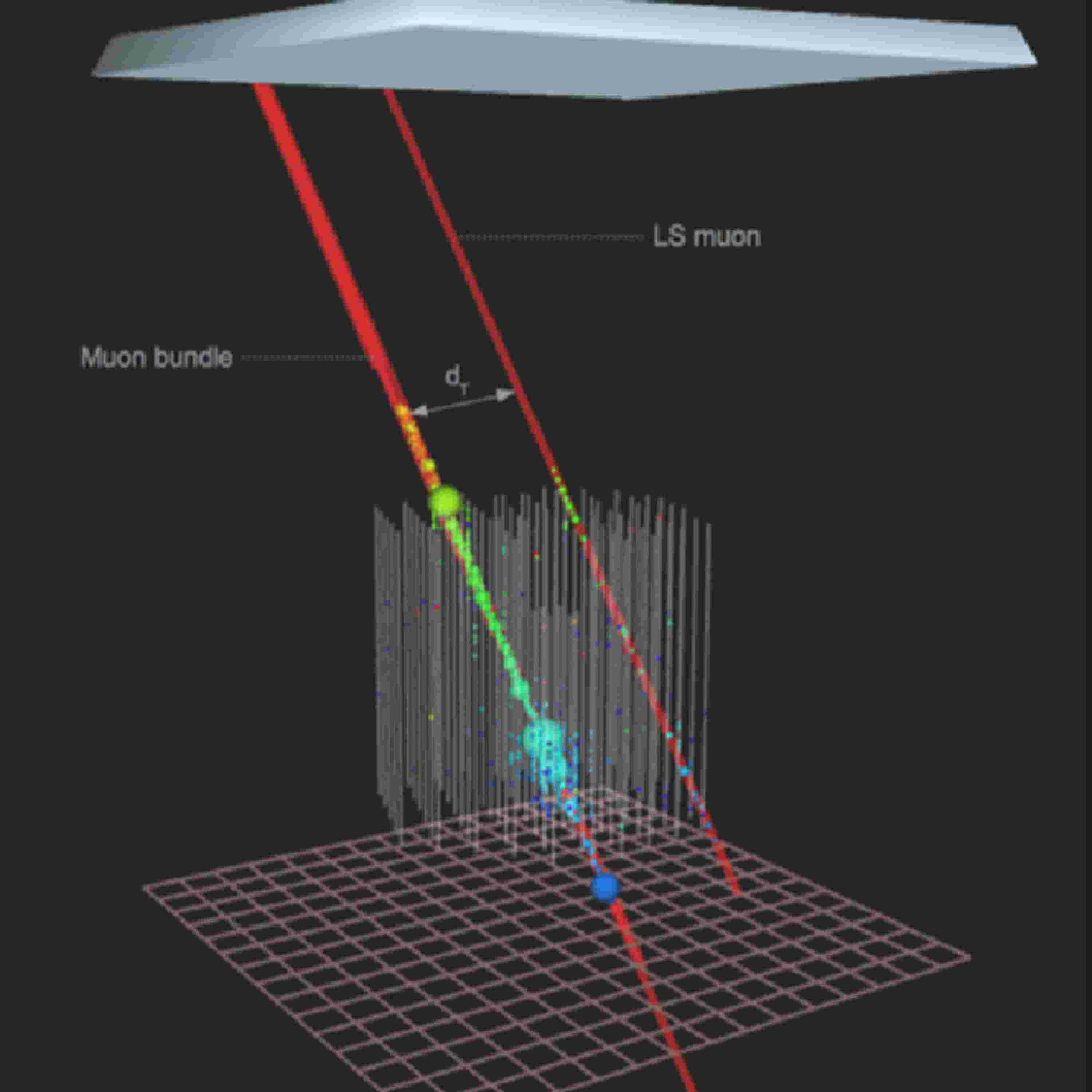

Dive into the fascinating world of cosmic rays with the latest research from the IceCube Neutrino Observatory! This episode explores new measurements of high-energy muons in extensive air showers, shedding light on the mysterious mass composition of cosmic rays and the challenges of simulating their interactions in Earth's atmosphere.
**What we discuss:**
* **Measuring High-Energy Muons:** Learn about the first measurement of the **mean number of muons with energies above 500 GeV** in near-vertical extensive air showers. These "TeV muons" are crucial because they originate predominantly in the early stages of shower development and their number depends strongly on the energy and mass of the primary cosmic ray.
* **The IceCube Neutrino Observatory's Unique Capabilities:** Discover how this research uses a **coincident detection method** combining IceTop, the surface detector array, with the large-volume in-ice detector located 1.5 km to 2.5 km below the surface. The thick ice absorbs lower-energy muons, allowing for a pure measurement of high-energy muons.
* **Cosmic Ray Energies and Hadronic Models:** The study focuses on cosmic rays with primary energies between **2.5 PeV and 100 PeV**. The results were analyzed using various hadronic interaction models, including **Sibyll 2.1, QGSJet-II.04, and EPOS-LHC**, which are vital for simulating air shower development.
* **The "Muon Puzzle" and Inconsistencies:** We'll explore the intriguing **"Muon Puzzle,"** a known discrepancy between measurements and simulations of muons in air showers. This new study compares high-energy (TeV) muon measurements with previous low-energy (GeV) muon measurements from IceTop alone. While Sibyll 2.1 shows excellent agreement between the two measurements, **the EPOS-LHC model reveals a significant tension**, indicating it doesn't consistently describe both low and high-energy muon data.
* **Implications for Particle Physics and Astronomy:** Understanding these hadronic interactions is crucial for inferring cosmic-ray mass composition, calculating atmospheric neutrino flux, and exploring particle physics beyond human-made accelerators. Solving the Muon Puzzle is considered one of the most pressing problems in high-energy cosmic-ray physics.
**Article Reference:**
"Measurement of the mean number of muons with energies above 500 GeV in air showers detected with the IceCube Neutrino Observatory" by R. Abbasi et al. (IceCube Collaboration). Dated June 25, 2025.
Acknowledements: Podcast prepared with Google/NotebookLM. Illustration credits: D. Soldin